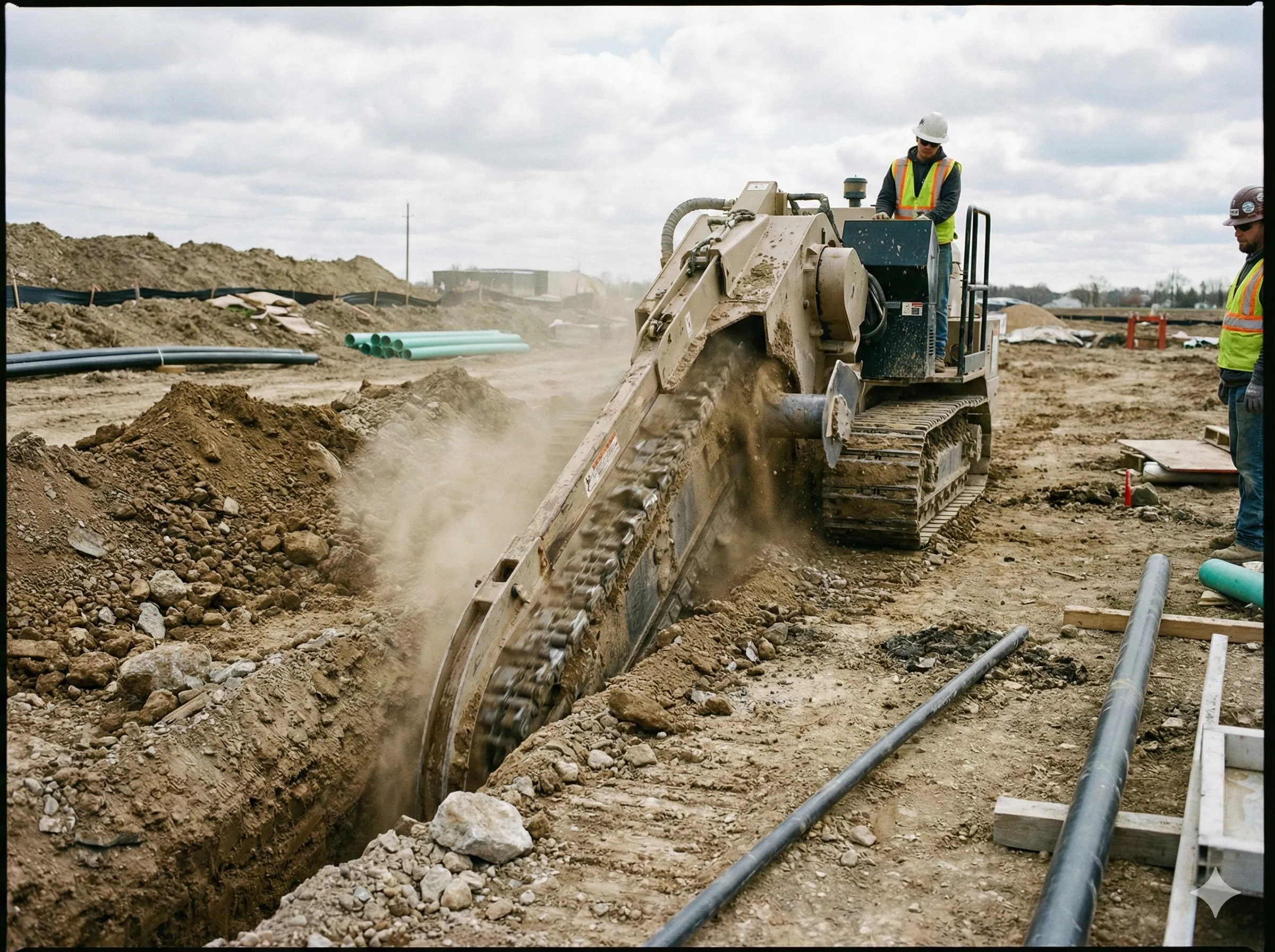
Good ranching doesn’t happen in a vacuum. It happens on the land—under the sky, in the soil, across the changing seasons. And the more a rancher understands the environment around them, the better their operation will be for it. It’s not just about feeding livestock or fixing fences. It’s about reading the landscape, knowing what it needs, and working with it rather than trying to force it into submission.
The truth is, ranchers aren’t just animal caretakers. They’re land stewards. And that job comes with responsibility—and opportunity. Grazing patterns, water availability, soil condition, weather trends—these things aren’t just background noise. They’re the very foundation of success.
"In ranching, some of the best solutions come from working with the land, not against it,” asserts Andrew Coppin, CEO and Co-Founder of Ranchbot Monitoring Solutions.
Rotational grazing, for example, isn’t just a buzzword. When done right, it mimics the natural movement of wild herds—allowing pastures time to rest and regrow, keeping roots strong, and preventing erosion.
Coppin contends that “Rotational grazing doesn’t just protect pastures, it actually improves soil health, boosts biodiversity, and increases water retention." It means cattle stay healthier and the land gets stronger over time, not weaker. That kind of approach doesn’t just serve today’s needs—it helps preserve the land for the next generation.
The same goes for water. In dry regions especially, knowing where water flows, where it pools, and where it disappears is crucial. Water isn’t just a convenience out here—it’s the difference between life and loss. Overgrazed riparian zones or poorly managed runoff can dry out land fast, turning productive paddocks into brittle, unusable ground. But by reading the signs—how grass grows, how animals move, how soil responds—ranchers can adapt, conserve, and protect one of the West’s most precious resources.
Understanding the land also means respecting its limits. Not every inch of soil is meant to bear the same weight. Pushing too hard—too many cattle on too little grass—can tip a balanced ecosystem into long-term decline. But when you pay attention, the land has a way of guiding decisions. It tells you when it’s ready for more and when it needs a break.
"When we listen to nature, we often find the answers we’ve been chasing. It’s not just a backdrop to ranching; it’s the solution,” concludes Coppin.
And it’s not just about avoiding harm—it’s about unlocking potential. Healthy soils hold more water. Diverse grasses feed cattle better. Well-managed land is more resistant to drought, pests, and disease. That’s not romantic talk—it’s practical ranch science. And it's backed by centuries of observation, alongside newer tools that can help map terrain, track rainfall, monitor soil moisture, and alert ranchers to changes in the environment.
Of course, it takes time. Learning the rhythm of a piece of land doesn’t happen overnight. It comes from walking it, watching it, and understanding the small shifts that signal bigger changes. But that knowledge pays off. It’s what separates reactive ranching from proactive stewardship.
Today, as climate conditions get tougher and the margins for error get thinner, that kind of environmental awareness isn’t optional—it’s essential. Weather extremes, soil degradation, invasive species—all of it requires ranchers to be more in tune with their land than ever before.
This isn’t about “going green” to check a box. It’s about ranching smarter. It’s about knowing that the best ally a rancher has is the very ground beneath their boots.
At the end of the day, ranching isn’t just a job—it’s a relationship. With the land, the animals, and the seasons. And like any relationship, the more you understand and respect it, the more it gives back. Nature knows what it’s doing. It always has. The trick is to listen.



















